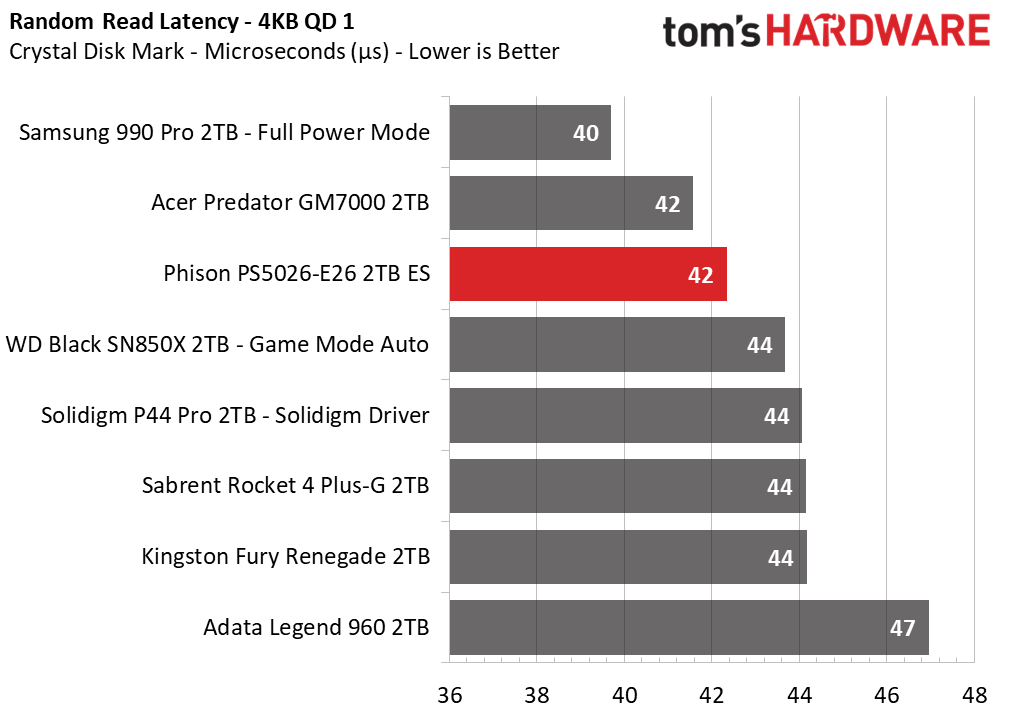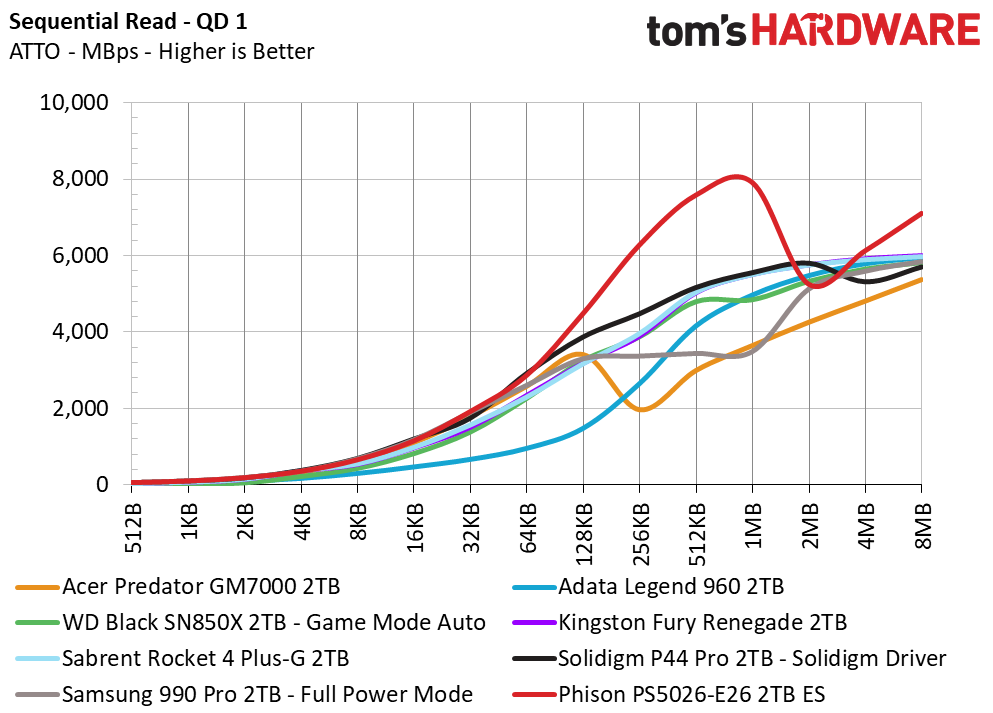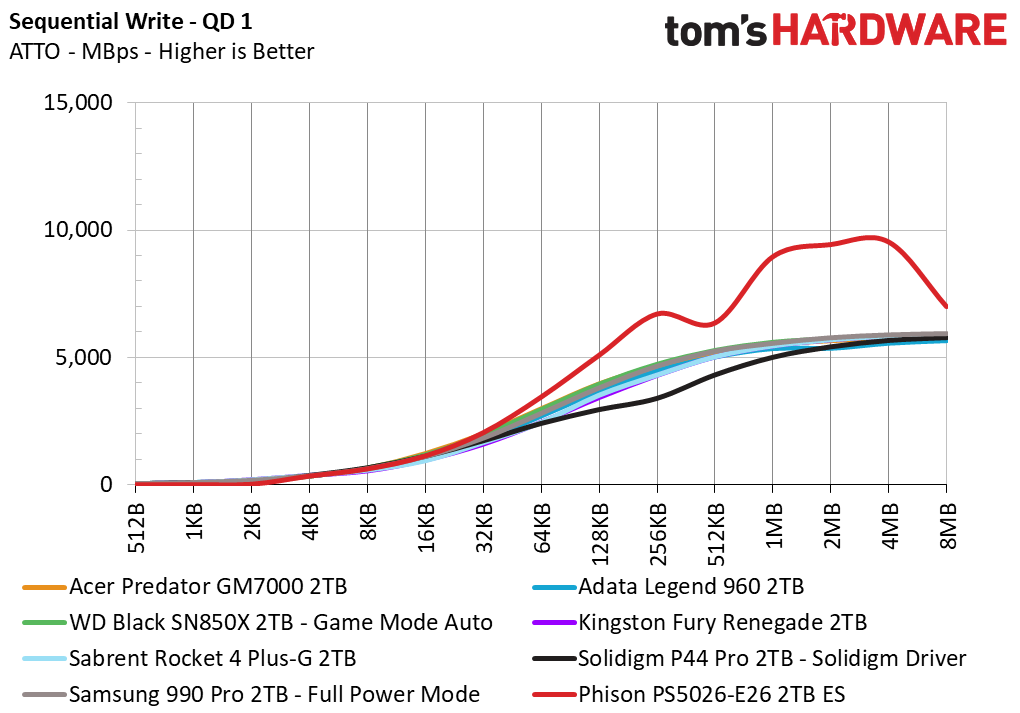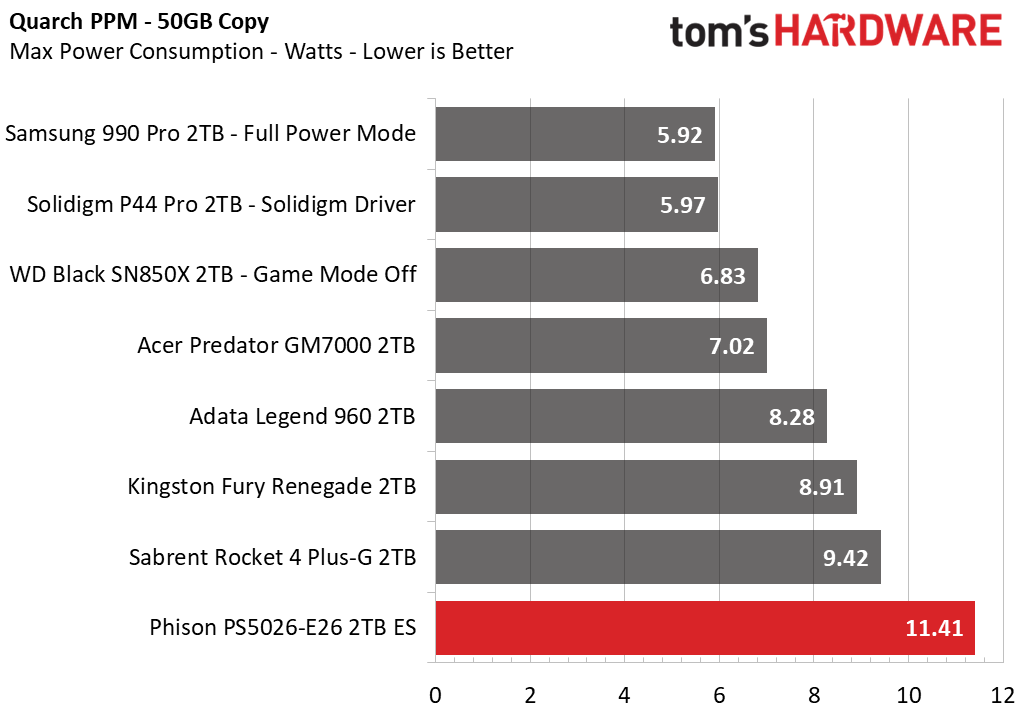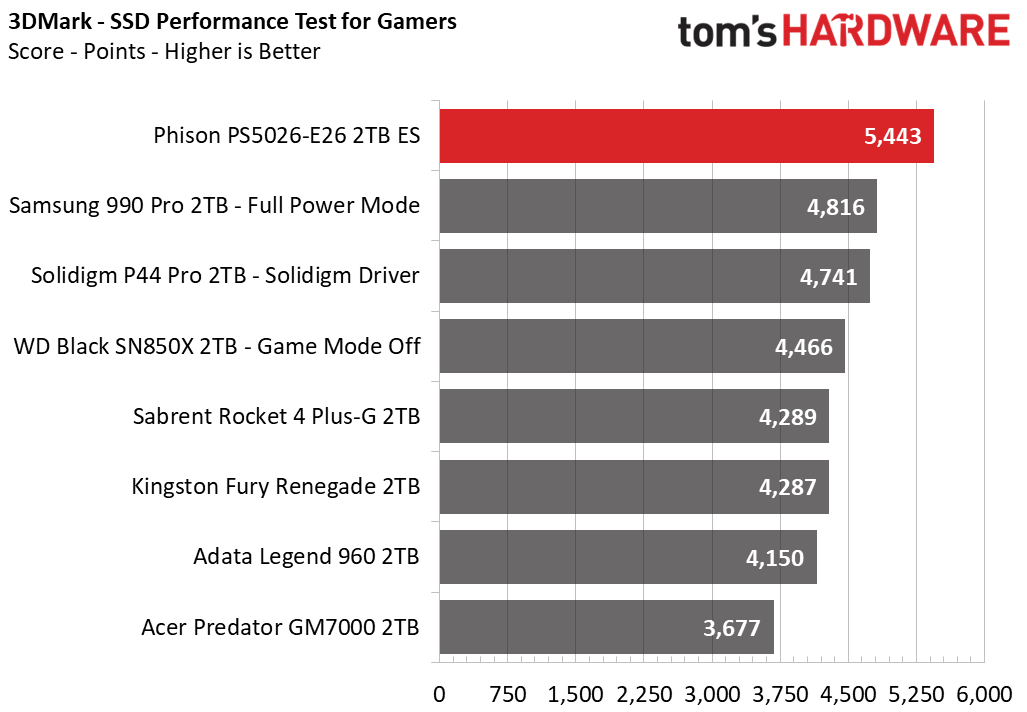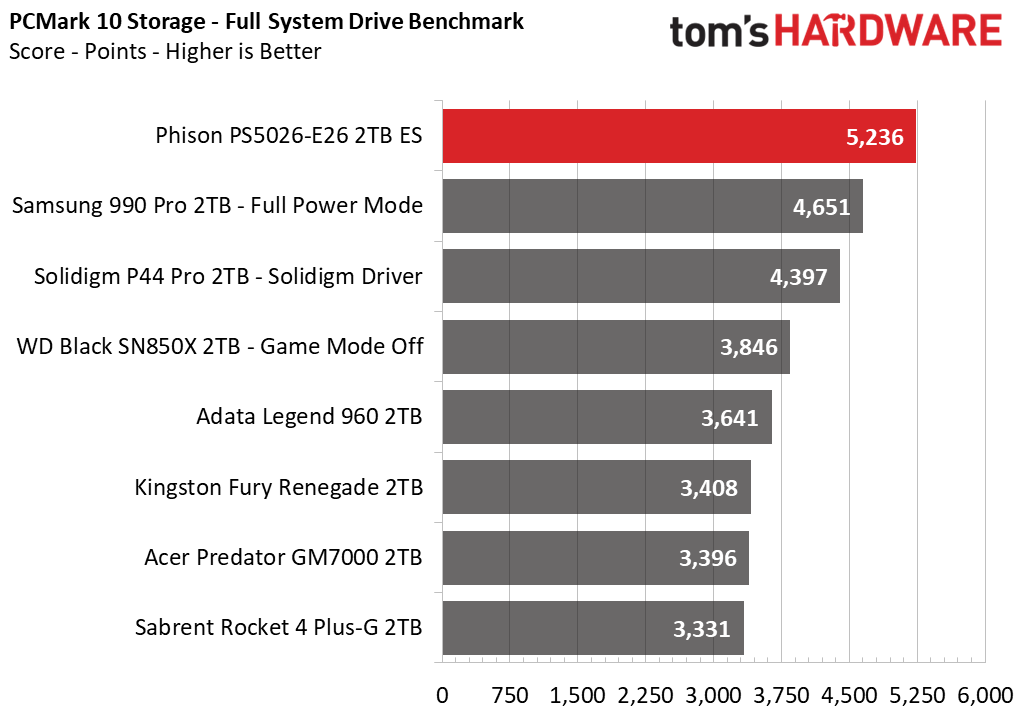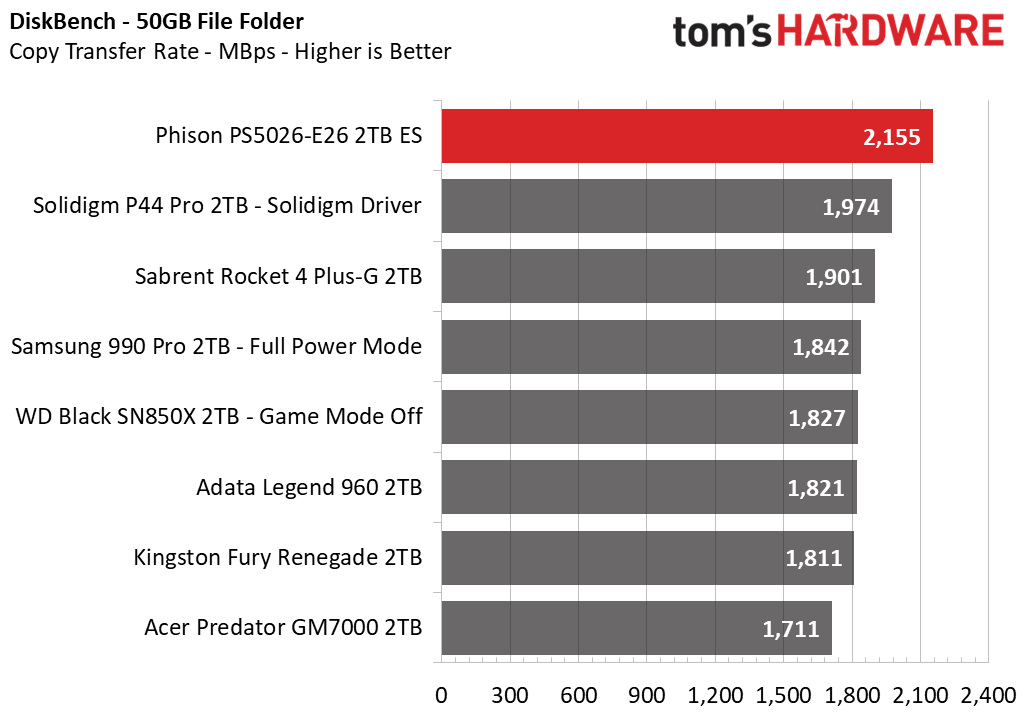Please understand that this is a hands-on tech
preview. It is Toms reporting about
new tech they see on the CES show floor, where they have a million different exhibitors to see and report on. So, try to be understanding if their coverage lacks some polish.
It's also meant to highlight the SSD
controller chip, rather than demonstrating an actual end-user product!
It's a technology site, more than just a PC buyers' guide. They cover
lots of tech that you and I can't buy, but that many of us like to read about, like supercomputers, quantum computers, big AI systems, semiconductor manufacturing, etc.
Once they get actual shipping products (which this is
not!) into their lab, then they publish a proper product review. At that point, it's fair to say they should make sure it's relevant to SSD shoppers. But, again, this was a technology demo and not something you could buy if you wanted.
They did include some application benchmark suites, if you dig through the graphs. These are designed to reflect user experience, when running demanding applications on their PC.
I hope & expect their full review will include some game loading time benchmarks and maybe some DirectStorage test, but this should already give you a rough idea that it's not a revolutionary change from what we have today. It might be worth buying, for those trying to build the absolute fastest PC, but almost everyone else will do just fine with a good PCIe 4.0 SSD (or less!).

